2024 Alfa Romeo Tonale Veloce Review: Plugged Into the Mainstream

Love It | Leave It |
|---|---|
Good looks | Super pricey |
Actually fun to drive | PHEV lacks refinement |
Friendly tech suite | Did we mention the price? |
True to its Italian nature, the 2024 Alfa Romeo Tonale gets a lot of looks.
A neighbor in the building walked across the underground parking garage to comment on it. Thumbs up were a regular occurrence at crosswalks. Little kids smiled and pointed. Across the spectrum, the Tonale’s taut lines earned approval.
That’s all well and good, but looks aren’t enough for guaranteed success in the ultra-competitive small SUV set. Alfa’s newest model is joining the fray with a rare plug-in hybrid powertrain, too. The result is a genuinely fun-to-drive little cute ute—but at a cost.
What’s new?
As every automotive writer will tell you, the Tonale is the sister car to the Dodge Hornet—and both share a lot of their underpinnings with the Jeep Compass. The glasshouse is the obvious giveaway, as are the same-shape lighting in the front and back (though both have unique interior elements). The Alfa adopts the family nose to great effect, at least to these eyes, and telephone-dial alloys always work. Hey, I don’t make the rules. The Verde Fangio paint is a gorgeous, if pricey ($2,200 / $2,000 CAD) option.
Under the sculpted hood sits one of the smallest four-cylinders currently on the market. The piccolo motore displaces just 1.3 liters, but breathes through a turbocharger for up to 180 horsepower through the front wheels. In addition, an electric motor on the rear axle kicks in 121 hp. Combined system output is 285 hp, with a stout 347 pound-feet of torque. All this power runs through a six-speed automatic transmission up front; the Tonale is all-wheel drive, but neither motor ever acts upon the opposite end.
Suitably sporty drive
First impressions in the Tonale are appropriately spirited. The steering is usefully quick at just 2.3 turns lock to lock, so the little Alfa feels positive and pointy right from the off. Feedback is light, but there’s a consistent weight to the wheel, so at least it’s predictable. The ride is on the firm side, which is to say it’s wholly expected and on-brand for something this size and this Italian.
Also very Italian: an emotive spin on something as common-place as drive modes. The DNA dial lets drivers pick from Dynamic, Natural, and Advanced Efficiency modes. The Koni Dual Stage Valve suspension tightens up with the clockwise twist to D, but still remains wholly acceptable around town. The changeover also gives the exhaust a deeper note, one not unlike the beloved 500 Abarth of a decade ago. This mode prioritizes both propulsion systems as much as possible, making the Tonale a quick little thing. There’s a palpable sense of the power ebbing and flowing at either end: the electric motor is torquier, resulting in a rear bias out of tight, low-speed corners. Good fun.
The Tonale stops as well as it goes too, the four-piston front Brembo brakes hauling it down without fade. That’s good, because those hybrid gubbins, including the 15.5-kilowatt-hour battery pack, do pack on the pounds.
The Advanced Efficiency mode is an odd one. It will prioritize electric motivation, but still wake the engine up if needed. The eSave button allows drivers to either keep the current battery level or even prioritize charging it. At full charge, expect around 30 miles (48 kilometers) of electric range.
When left in N, the Tonale generally behaved itself. On a few occasions the hybrid system was caught out by a sudden request for full power, however. A foot-to-the-floor scenario on a short on-ramp left me with nothing but EV power for two seconds—not good fun.
Low-key cabin ambiance
The Tonale cabin is true to the brand: sporty, pared back, and in need of some color. Like the exterior, there’s a lot of Dodge similarities, but that’s not bad: the layout is clear and easy to use, the materials are generally pretty good, and the front row is spacious. Both the heating and cooling features on the front seats are very effective. Plus, the Alfa gets nicer aluminum trim and cooler-looking air vents. I appreciate the theater that is the wheel-mounted starter button. I will sing the praises of those gorgeous aluminum paddle shifters at every opportunity, as well.
The second row is where the Alfa starts to wobble. It’s not bad in terms of seat comfort, but legroom is on the smaller side, while the high window line gives it cave levels of natural light. There’s a noticeable seam on the door panel plastic that is very un-premium, too.
Similarly, cargo space is adequate, but the shape is tall and narrow, so larger items might be a challenge.
Fool-proof infotainment
The Tonale is the first Alfa application of Uconnect 5, Stellantis’ excellent infotainment setup, here on a 10.25-inch screen. It’s easy to use, allows for multiple user profiles, and wirelessly pairs easily with both Android and Apple phones. The wireless charger works well, too. The 12.3-inch digital instrument cluster is sharp and quick as well. It changes in layout for each drive mode, with evocative styling cues pulled from the iconic Alfa models of the ‘60s. Nice.
In top-level Veloce form, the Tonale is well-stocked on the driver assist front. Its full-range adaptive cruise control is smooth and natural in its operation. The traffic sign recognition was accurate, as well. An easy-to use parking assist and high-res 360-degree camera are other useful standouts.
Dollars and sense
The Tonale is not a cheap offering. In fact, this top-shelf model is one of the priciest little SUVs you’ll find. The paint and pretty 20-inch alloys add four grand to the bottom line, while the full-leather seats plus Harman Kardon sound system are another $2,500 ($2,995 CAD). This Canadian-spec tester includes a power moonroof; bizarrely, that’s not possible on American models in this color.
All loaded up, the Tonale rings in at a little shy of $58,000 in America, or an eye-watering $74,180 CAD. That includes destination but not any federal or state/provincial rebates. You’re going to need a lot of EV miles to make up that price over a BMW X1.
It’s worth noting Canadian buyers have the option of a 2.0-liter turbo gas model, similar to the Hornet. America’s PHEV-only, baby.
Verdict: 2024 Alfa Romeo Tonale Veloce Review
The 2024 Alfa Romeo Tonale delivers on a lot of the traditional brand strengths. It’s stylish, fun to drive, and still wholly practical on a day-to-day basis, especially if your commute is short and you have easy access to charging. In a landscape full of competent but dull crossovers, the Tonale is a statement, both for buyers and the brand itself.
That price tag is hard to swallow however, especially given the combination of complicated plug-in hybrid power and the brand’s history of less-than-ideal reliability. Lower trims come with plenty of the best features standard, so that’d be my personal approach—even if I’d miss that gorgeous Fangio green.
Become an AutoGuide insider. Get the latest from the automotive world first by subscribing to our newsletter here.
Category | 2024 Alfa Romeo Tonale Veloce |
|---|---|
Powertrain | 7 / 10 |
Efficiency | 8 / 10 |
Handling and Drivability | 8 / 10 |
Passenger Comfort | 7 / 10 |
Ride Quality | 3 / 10 |
Exterior Style | 4 / 5 |
Interior Style and Quality | 8 / 10 |
Infotainment | 7 / 10 |
Cargo/Towing | 3 / 5 |
Safety | 4 / 5 |
Value | 4 / 10 |
Emotional Appeal | 6 / 10 |
Total | 69 / 100 |
2024 Alfa Romeo Tonale Veloce | |
|---|---|
Engine: | 1.3L I4 Turbo PHEV |
Output: | 285 hp, 347 lb-ft |
Transmission: | 6AT, e-AWD |
US Fuel Economy (mpg combined and mpge): | 29 / 77 |
CAN Fuel Economy (L/100 km combined and Le/100 km): | 8.1 / 3.1 |
Electric Range: | 33 mi / 53 km |
Starting Price (USD): | $44,940 (inc. dest.) |
As-Tested Price (USD): | $57,985 (inc. dest.) |
Starting Price (CAD): | $48,690 (2.0L, inc. dest.) |
As-Tested Price (CAD): | $74,180 (inc. dest.) |

Kyle began his automotive obsession before he even started school, courtesy of a remote control Porsche and various LEGO sets. He later studied advertising and graphic design at Humber College, which led him to writing about cars (both real and digital). He is now a proud member of the Automobile Journalists Association of Canada (AJAC), where he was the Journalist of the Year runner-up for 2021.
More by Kyle Patrick



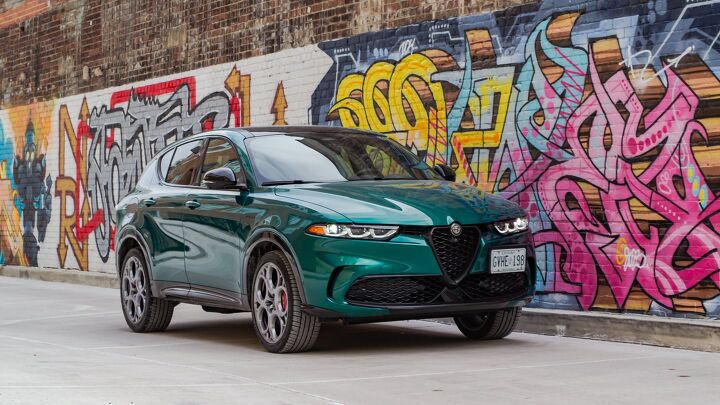
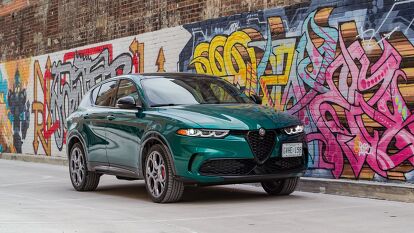





































































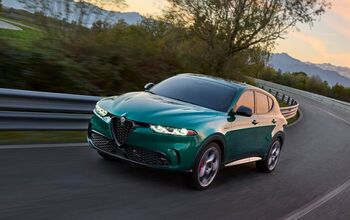

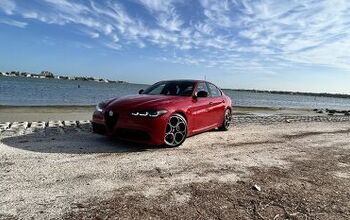

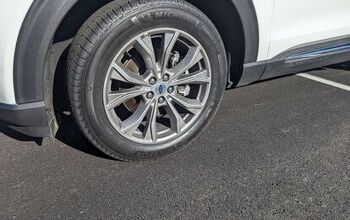



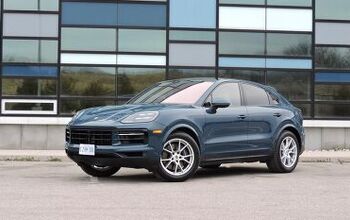
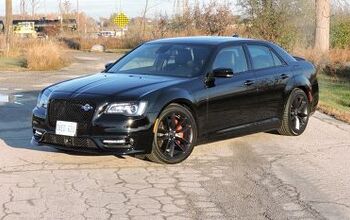

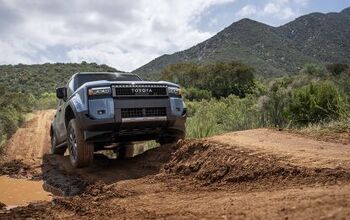
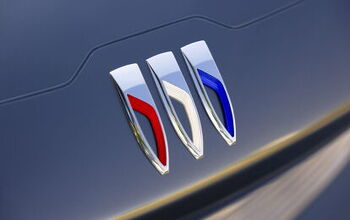
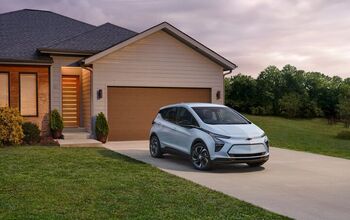

Comments
Join the conversation